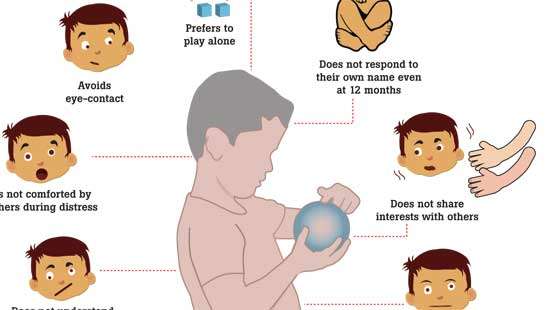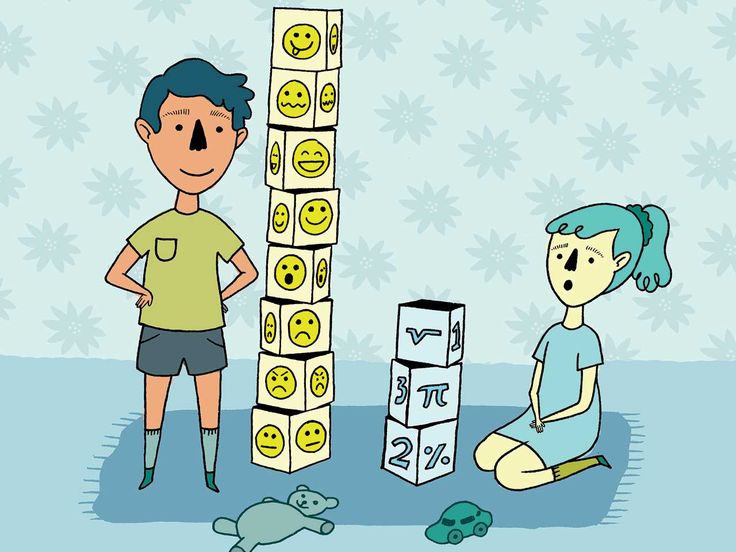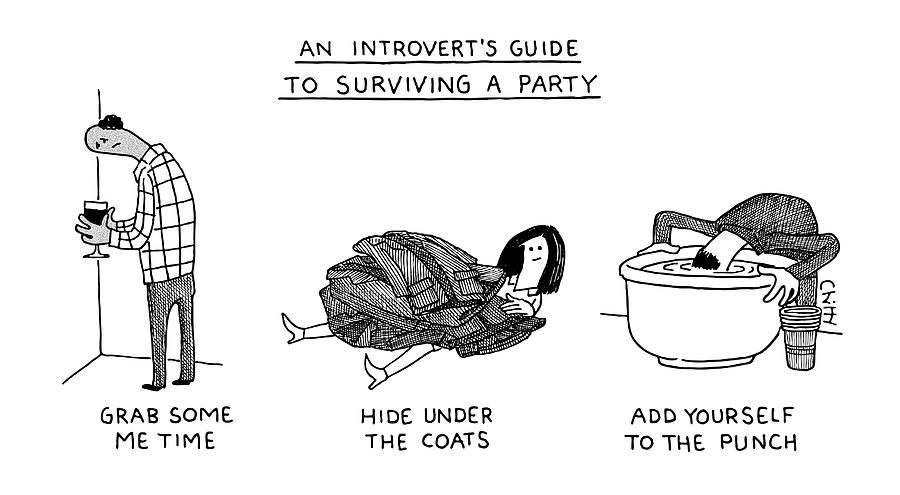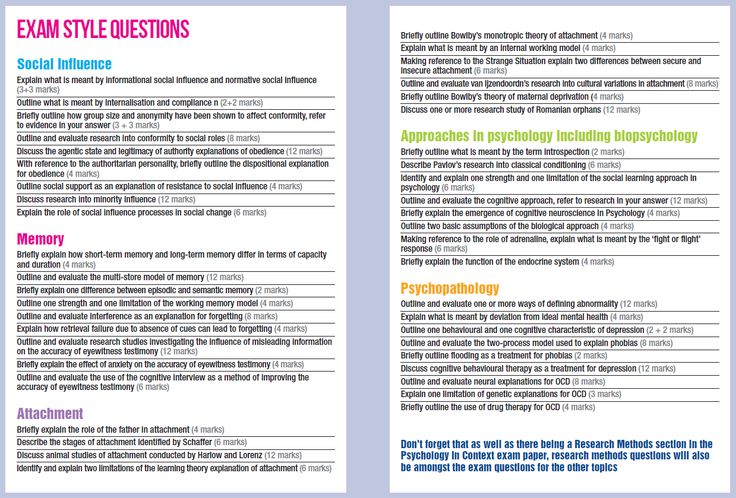Autism in females vs males
Autism in Boys vs. Girls
Autistic boys and girls may show signs and symptoms of autism in different ways. This can lead to delays in diagnosis in girls, and boys being diagnosed with autism more than girls.
Autism is a neurological and developmental disorder that affects how a person interacts with others, learns, and behaves. Though it can affect anyone, it overwhelmingly affects boys compared to girls.
In part, this may be due to biological differences. But biases, as well as differences, in how each shows the classic symptoms may also play a role.
Language matters
Gendered terms like “male” and “female” are used throughout this article. But we understand gender is solely about how you identify yourself, independent of your physical body. So, when we use this language, we’re referring to all people who identify as a girl or a boy.
Autism is more common in boys than girls.
Research from 2021 found that autism is about 4.2 times more prevalent in boys than girls. This means that for every girl with autism, there are 4 boys with autism.
A 2021 study looked at the differences in autism between males and females. Among other findings, they stated that most studies find a rough ratio of 4 boys to 1 girl. They noted that gender differences could affect diagnosis and treatment.
Many high-profile organizations, like the Centers for Disease Control and Prevention (CDC), typically report the ratio as 4 to 1 as well.
While most experts think autism is four times more prevalent in boys, there is evidence that says that the difference may be somewhat less dramatic.
A 2017 meta-analysis that reviewed over 54 studies found that the ratio may be closer to 3 boys to 1 girl. Researchers point out that the difference may be due to missed clinical symptoms in girls, which means that many may go unreported and untreated.
Future research will help clarify the role of gender and diagnosis.
Learn more about autism spectrum disorder here.
The CDC describes the signs and symptoms of autism as deficits in:
- social communication and interaction skills, including both verbal and nonverbal communication and interactions
- restricted or repetitive behaviors or interests
They also note that many people on the spectrum may also have additional characteristics, such as delayed speech, motor skill issues, and anxiety.
Some signs of autism that doctors and other specialists may look out for include:
- avoiding eye contact
- not talking as much
- repeating the same words or phrases
- not responding to their name
- showing less facial expressions
- repetitive movements (flapping hands or rocking)
- not talking with other children
A study from 2021 has shown that boys and girls without cognitive impairment may present autism symptoms differently.
For example, studies found that boys are more likely to:
- develop rituals and routines
- make less eye contact when in a conversation
- experience unusual fear or distress due to noisy, crowded spaces
- lack interest in peer pressure
- become distressed due to wearing particular clothing items
The differences in signs and symptoms between males and females are subtle, and can often go undetected by common screen tests.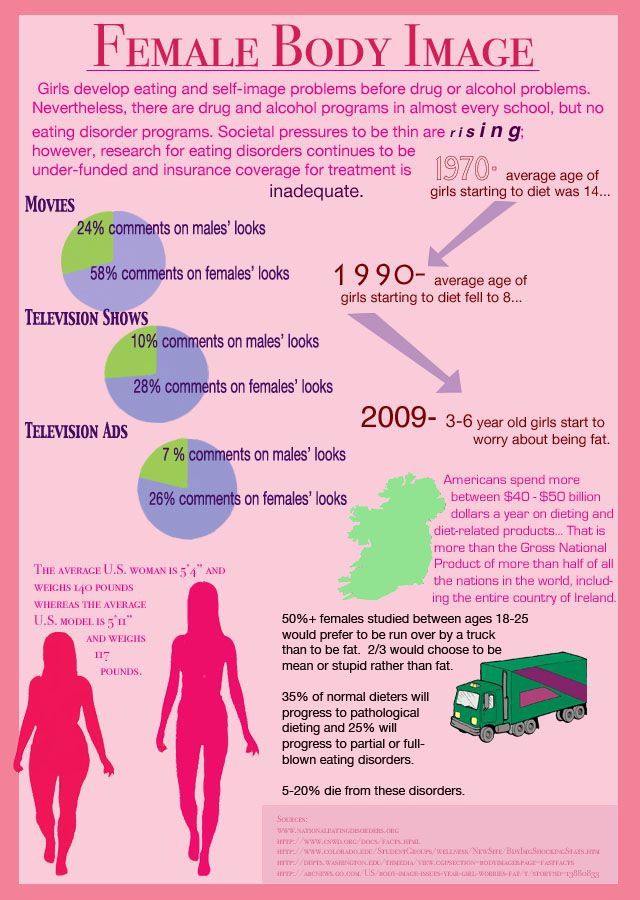
This can lead to the underdiagnosis of girls with lower support needs, which can impact their mental health and overall well-being.
There is no medical test, like a blood sample, that a doctor can use to diagnose autism. Instead, doctors look at a child’s behaviors and developmental history to make a diagnosis.
One of the problems in diagnosing autism in females is the underdiagnosis of females.
Some studies suggest that, in addition to slightly different presentations between boys and girls, girls may be better able to camouflage their differences from “normal” child behaviors.
A 2019 study found similar results to earlier studies that suggested camouflaging or masking is more common among girls.
Camouflaging means a child hides behaviors or traits that may make them look different from others.
Girls may do better at imitating those around them, making it more difficult for caregivers, teachers, doctors, and others to recognize their differences.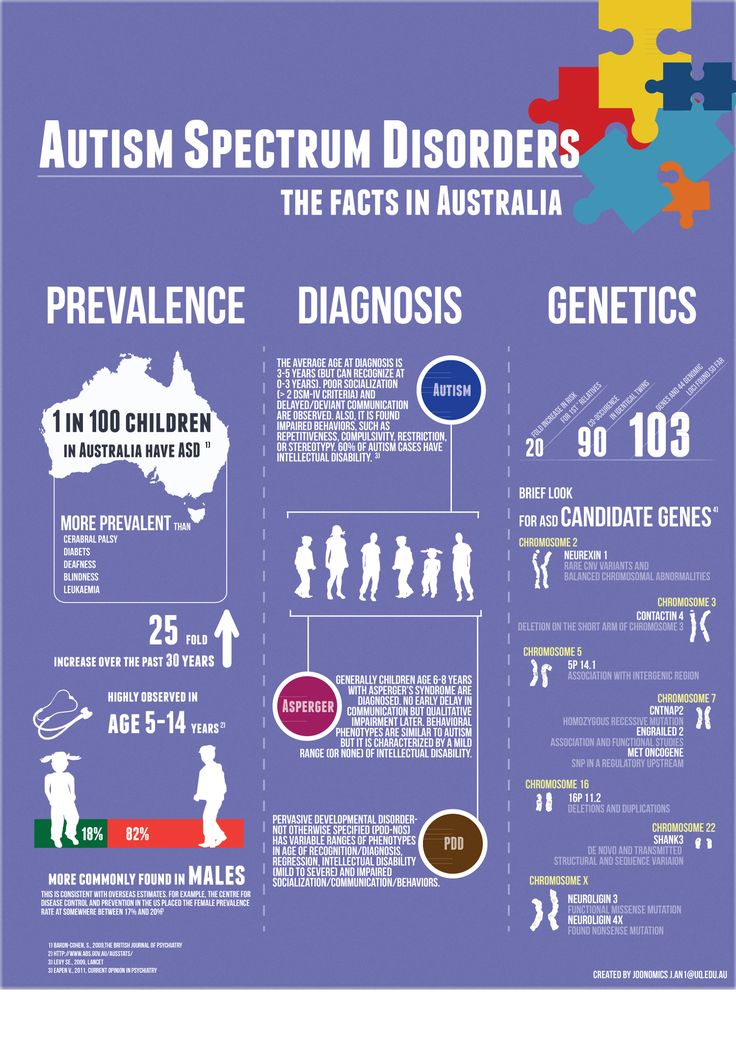
Check out this resource for more information on early signs of autism in infants and young children.
Autism has the same clinical signs and criteria for both boys and girls. Many studies report a much higher incidence rate among boys than girls, but this may be skewed due to biological differences, biases, and symptom presentation.
Studies suggest that girls may present autism symptoms differently, though they experience both social issues and repetitive behaviors associated with autism.
If you suspect your child may not be developing the same as their peers, you may want to consider talking with a doctor.
A family doctor can often help connect families with local resources that can help diagnose a potential issue and find services to help.
How Men and Women Experience Autism Differently
The term “autism” was first used in 1908 by Eugen Bleuler to describe a subset of schizophrenic patients who were especially withdrawn and self-absorbed.1 However, it was not used as a diagnostic term until 1943 by the child psychiatrist, Leo Kanner. 2 Kanner’s research on 11 children, who he identified as intelligent and who had a strong desire to be alone and displayed restricted interests, only included 3 girls in the sample.
2 Kanner’s research on 11 children, who he identified as intelligent and who had a strong desire to be alone and displayed restricted interests, only included 3 girls in the sample.
The following year, Austrian physician Hans Asperger also used case studies to research autism; his sample only included boys. In fact, Asperger concluded that “the autistic personality is an extreme variant of male intelligence” and that women and girls could not have autism (although he later changed his mind).3
Historically, therefore, diagnostic criteria for autism have been based on studies predominantly or exclusively based on the male experience. Research into autism continues to focus on men and, in the case of neuroimaging research, there is an ascertainment bias (meaning that males are specifically selected in favour of females as research subjects) of up to 15:1.4
We now know that far more women and girls than previously thought have autism and that the gap between male and female autism is far smaller than previously thought.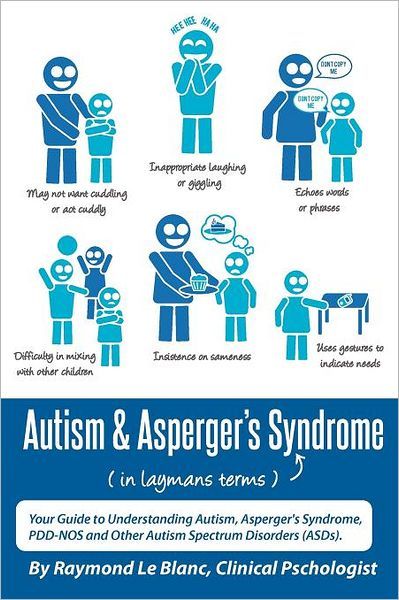 5 Given that autism was originally identified from exclusively or predominantly male samples—along with the dominance of the “extreme male brain” theory,6 which proposes that autistic people process the world through a “male” lens and have primarily stereotypically male interests—it’s easy to see how women and girls have been misdiagnosed.
5 Given that autism was originally identified from exclusively or predominantly male samples—along with the dominance of the “extreme male brain” theory,6 which proposes that autistic people process the world through a “male” lens and have primarily stereotypically male interests—it’s easy to see how women and girls have been misdiagnosed.
Now that women and girls have been the subject of an increasing body of research, and we know that they present differently than men and boys, it's important for researchers and clinicians to ask: Why, exactly, does autism present differently in men and women?
Difference 1: The drive to be sociable
The fact that girls with autism tend to have a more pronounced drive to be sociable suggests that it stems from the inherent differences between boys and girls in terms of their need for social relationships. When you look at any groups of girls and boys, they often interact differently; girls, as a group, tend to appear to be more socially oriented than boys.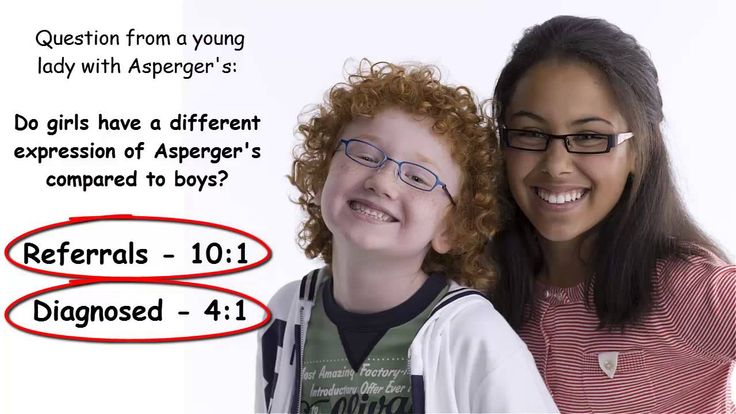 7 From birth, girls tend to be more interested in human faces8 and appear to behave more prosocially than boys.9
7 From birth, girls tend to be more interested in human faces8 and appear to behave more prosocially than boys.9
Although autistic girls may face a whole host of problems when it comes to making and maintaining friends, they tend to display a greater desire to be sociable. Based on surface appearances, then, girls and women with autism appear to be more socially adept than their male counterparts. This difference is one of the main reasons for the misdiagnosis, and underdiagnosis, of female autism. Autistic women have to work really hard at being sociable, but they can become so skilled at it that other people can’t see the difficulties they’re having.
In my own experience, when I first approached my GP about a diagnosis, he dismissed me as being “too normal.” My client, Sandra, experienced a similar reaction. “My GP told me that I smiled, made eye contact, and that because I was married with kids and a job which involved a high degree of social interaction, there was no way I could have autism. ”
”
Source: Matheus Ferrero, Unsplash
Difference 2: Types of interests
Another way in which girls and women with autism tend to differ from boys is in terms of their interests. Part of the diagnostic criteria for autism in the DSM-5 is “restricted, repetitive patterns of behaviour, interests or activities”10—and in this area, girls and women often have different types of interests from men with autism.
Boys may be extremely interested in collecting items and gathering information about objects or categories of things—which fits into how we typically think of autism. But while girls may display the same intense level of interest as boys, their interests tend to appear more “normal.” Girls with autism are often interested in similar things as other girls of their age, such as celebrities, bands, or ponies. Thus, the fact that they are more interested, sometimes to the point of obsession, often goes unnoticed by parents.
Another client, Alison, told me, “It amazes me, looking back, that people didn’t think there was something strange about the level of my obsession with David Bowie.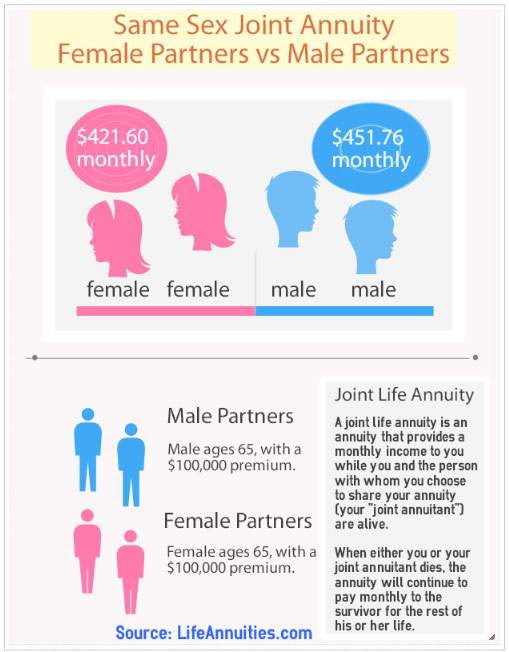 I guess it’s because my parents thought all girls were fans to the same degree, but I was totally obsessed. I knew every fact. I bought everything I could afford. My friends were fans, but they weren’t obsessed like me.“. Some girls develop a special interest in the workings of the brain and social interactions and some become obsessive about a “crush” or romantic partner, again displaying the intensity of interest but towards things which can be considered “normal."
I guess it’s because my parents thought all girls were fans to the same degree, but I was totally obsessed. I knew every fact. I bought everything I could afford. My friends were fans, but they weren’t obsessed like me.“. Some girls develop a special interest in the workings of the brain and social interactions and some become obsessive about a “crush” or romantic partner, again displaying the intensity of interest but towards things which can be considered “normal."
Difference 3: The use of camouflaging tactics
Given that girls and women experience the drive to be more sociable than men and boys with autism, it makes sense that they also tend to use more, and different, camouflaging tactics than men.
"Camouflaging" is a technique used by both men and women with autism—as well as many neurotypical people—to pass as “normal” in a given situation. Women with autism use techniques such as developing a script for conversations, forcing themselves to make eye contact, or avoiding talking about subjects that interest them.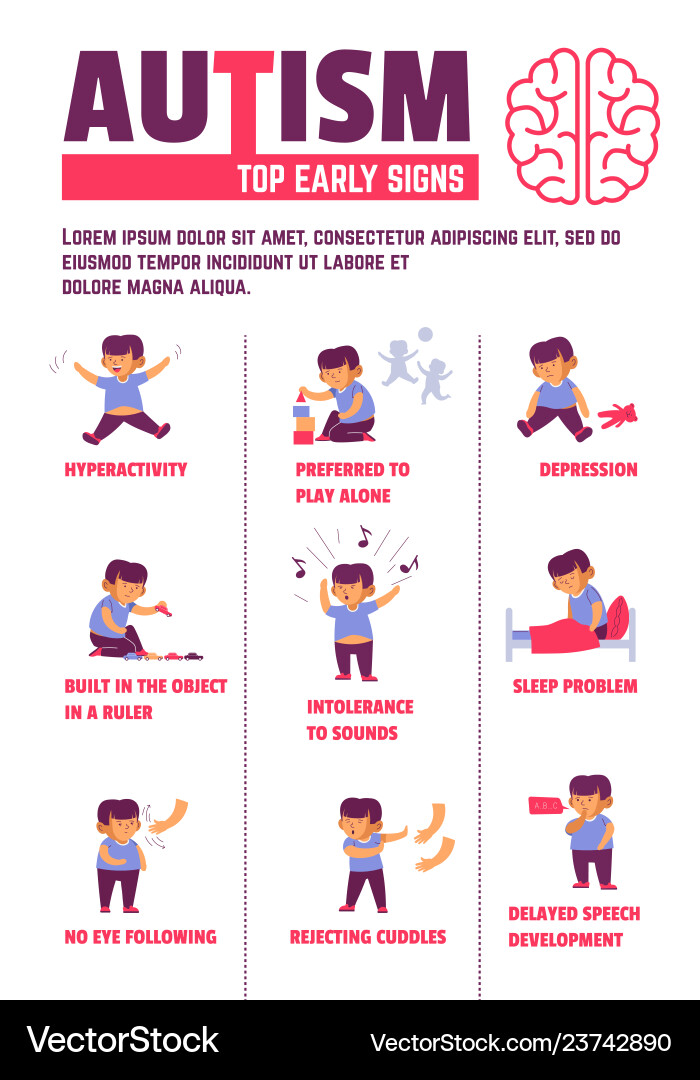
Many women with autism become particularly skilled at camouflaging, to a far greater degree than other people (including autistic men). But camouflaging is linked to mental health issues—including depression, anxiety, and suicidality—and the degree to which women camouflage is closely linked to their mental health.
Difference 4: Response to social pressures
All men and women, whether they have autism or not, are part of a wider society and face different societal pressures which shape how they experience autism. Because women still tend to take on a greater share of domestic responsibilities, many women with autism find it hard to manage their own autistic needs while still fulfilling their expected roles of daughter, mother, or wife. Much as they would like to pursue their special interests, carve out alone time, and lead a life that meets their needs, many women feel pressured to fulfill gendered expectations.
Client Sarah told me, “I was quite a solitary child and teenager and I loved university. When I got married, I felt I had to do all these things that women were 'supposed' to be good at, like sending cards to my husband’s family and kind of being the social hub of the family. I hated it.” Many women struggle in these roles and resort to camouflaging to keep their heads above water—but sadly, many women lose a sense of self in the process.
When I got married, I felt I had to do all these things that women were 'supposed' to be good at, like sending cards to my husband’s family and kind of being the social hub of the family. I hated it.” Many women struggle in these roles and resort to camouflaging to keep their heads above water—but sadly, many women lose a sense of self in the process.
Difference 5: Having a female brain and body
The way we think and act is partly due to our hormones. While men and women share aspects of autism in common, we need to remember they have a lot that is not in common, too. In exactly the same way that there are differences in the ways neurotypical men and women think, act, and experience life in general, there are differences in the ways in which men and women with autism interpret and experience their world.
As we begin to learn more about how women experience autism, hopefully, it will be easier for girls and women to be correctly diagnosed as we move to a more encompassing definition of what autism is.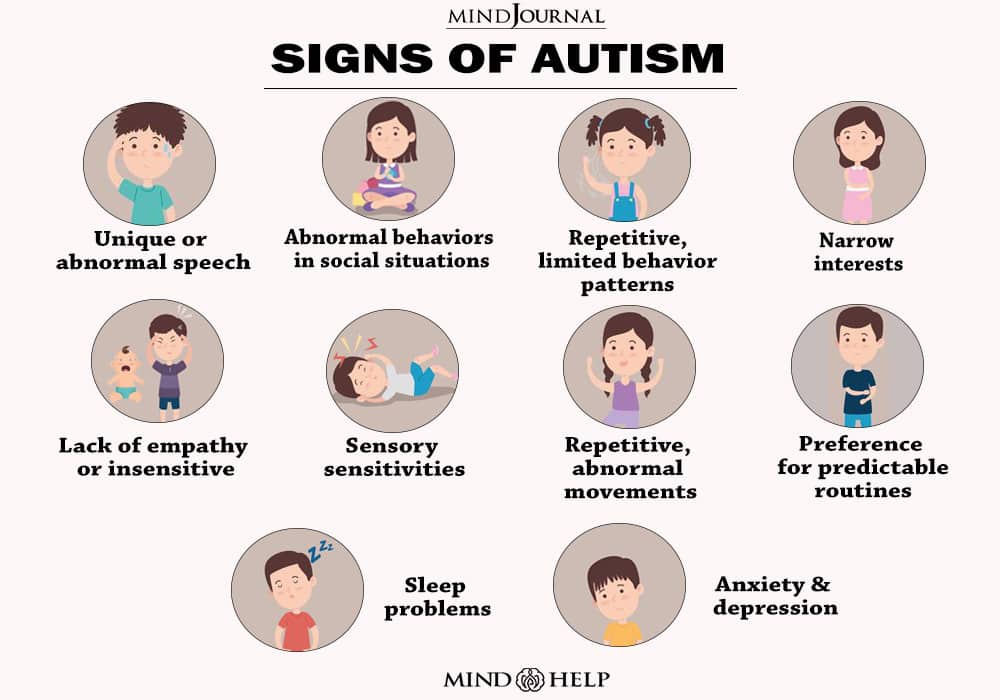
You can find out more about women and autism here.
References
1. Bleuler E. (1950[1911]) Dementia praecox or the group of schizophrenias. New York: International Universities
2. Kanner L (1943) ‘Autistic disturbances of affective contact’, The Nervous Child, 2, p217–50
3. Aspberger, H. (1944) ‘Die ‘Autistischen psychopathen im kindesalter’, Archiv für Psychiatrie und Nervenkrankenheiten, 117, p76-136.
4. Lai, MC, Lombardo, MV, Auyeung, B, Chakrabarti, B, Baron-Cohen, S (2015) Sex/ gender differences and autism: setting the scene for future research, Journal of the American Academy of Child & Adolescent Psychiatry, 54(1), p11-24
5. Kim, YS, Leventhal, BL, Koh, YJ, Fombonne, E, Laska, E, Lim, EC, Song, DH (2011) Prevalence of autism spectrum disorders in a total population sample, American Journal of Psychiatry, 168(9), p904-912
6. Baron-Cohen, S (2002) The extreme male brain theory of autism, Trends in Cognitive Science, 6(6) p248-54
7.![]() Blakemore JEO, Berenbaum SA, Liben LS. (2009) Gender development. New York: Psychology Press
Blakemore JEO, Berenbaum SA, Liben LS. (2009) Gender development. New York: Psychology Press
8. Lutchmaya S, Baron-Cohen S, Ragatt P (2002) ‘Foetal testosterone and eye contact in 12-month-old human infants’, Infant Behaviour and Development, 25, p327–335
9. Eisenberg N, Fabes RA, Spinrad TL (2006) ‘Prosocial development’, in Eisenberg N (ed.) Social, emotional, and personality development. Hoboken, NJ: Wiley, p646–718
10. American Psychiatric Association. (2013). Diagnostic and statistical manual of mental disorders (5th ed.) https://doi.org/10.1176/appi.books.9780890425596
Scientists have found out why men are more likely to suffer from autism
https://ria.ru/20171017/1506983313.html , 10/17/2017
Scientists have found out why men are more likely to suffer from autism
. Geneticists have found a possible explanation for why the stronger sex is much more likely to suffer from autism - this may be due to a chain of genes whose work ... RIA Novosti, 10/17/2017
RIA Novosti, 10/17/2017
2017-10-17T12:12
2017-10-17T12:12
2017-10-17T13:26
/html/head/meta[@name='og:title']/@content
2 /html/head/meta[@name='og:description']/@content
USA
RIA Novosti
1
5
4.7
96
7 495 645-6601
FSUE MIA "Russia Today"
https: //xn---c1acbl2abdlkab1og.xn--p1ai/Awards/
2017
RIA Novosti
1
5
4.7 9000 9000 9000 9000
Internet-GROUP @rian.ru
7 495 645-6601
Rossiya Segodnya
https://xn--c1acbl2abdlkab1og.xn--p1ai/awards/
/ria.ru/docs/about/copyright.html
https://xn--c1acbl2abdlkab1og.xn--p1ai/
RIA Novosti
1,000 .xn-p1ai/awards/
1920
1080
True
1920
1440
True
https://cdnn21.img.ria.ru/images/141058/96/1410589630_ 5667:4000_1920x0_80_0_0_8082b9c27c8303bfc02425977077a380.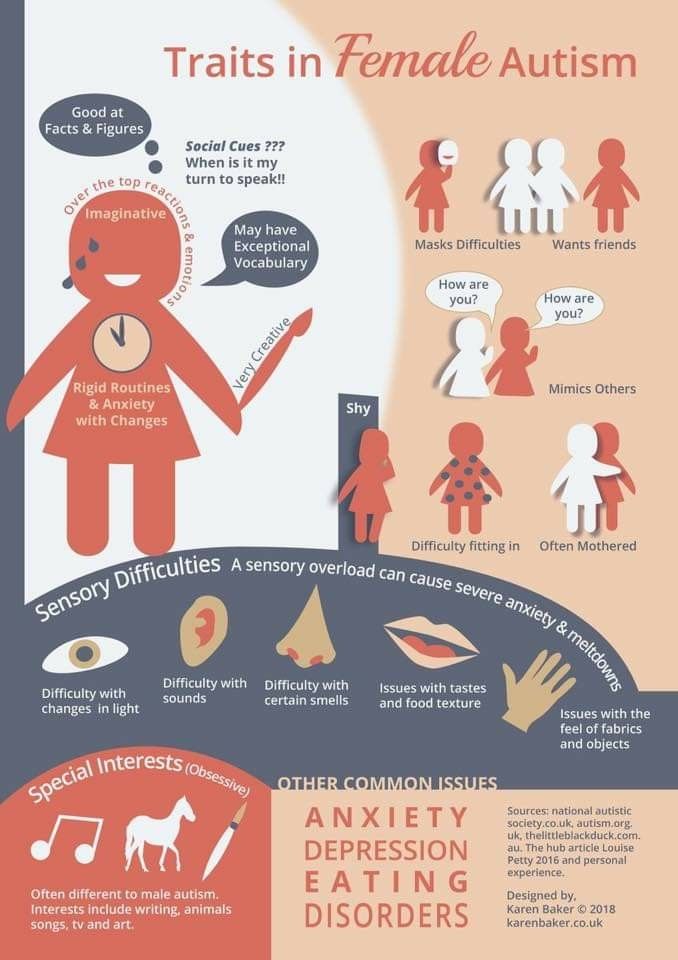 jpg
jpg
1920
1920
True
RIA Novosti
1
5
4.7
9000
7 495 645-6601 9000
Federal State Unitary Enterprise MIA “Russia Today”
https: //xn---c1acbl2abdlkab1og.xn--p1ai/Awards/
RIA Novosti
1
5
4.7
96 9000
7 495 64 64 64 64 64 64 64 64 64 64 64 64 64 64 64 64 64 64 64 64 64 64 64 64 64 64 64 64 64 64 64 64 64 646 646 495 64 64 64 646 646 495 64 64 64 646 64 64 64 64 64 64 64 64 646 646 495 64 64 64 64 64 64 64 64 64 64 64 64 64 64 64 64 64 64 64 64 64 64 64AP
Federal State Unitary Enterprise MIA "Russia Today"
https://xn--c1acbl2abdlkab1og.xn--p1ai/awards/
discoveries - RIA Nauka, USA
Discoveries - RIA Nauka, Nauka, USA
MOSCOW, Oct 17 - RIA Novosti . Geneticists have found a possible explanation for why the stronger sex is much more likely to suffer from autism - this may be due to a chain of genes that work differently in the brains of men and women, according to an article published in the journal Molecular Psychiatry.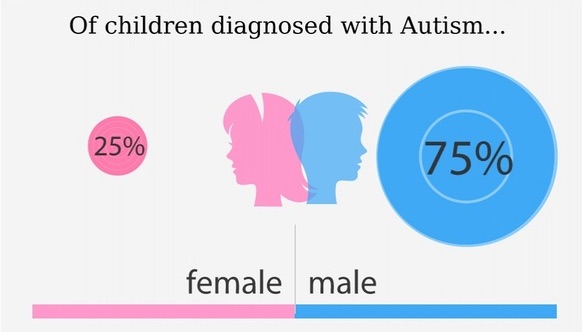
September 7, 2015, 14:19
An empathy test among autistic women indicated the "male" roots of the disease Autistic women are just as bad at guessing emotions from the state of the eyes and face of the interlocutor as men, which in practice confirms that this disorder develops as a result of the "protrusion" of typically male traits of the psyche, including callousness.
"One of the great mysteries of autism is that it mostly affects men. We didn't understand what could be causing this, and now we've been able to show that this feature of the disease is related to how the pleasure center works during learning new skills,” said Ted Abel from the University of Iowa (USA).
Autism is considered one of the most common disorders in the functioning of the nervous system. Social studies, censuses and opinion polls have shown that women are less likely to suffer from autism: according to recent estimates, there are three to four men for every woman with autism.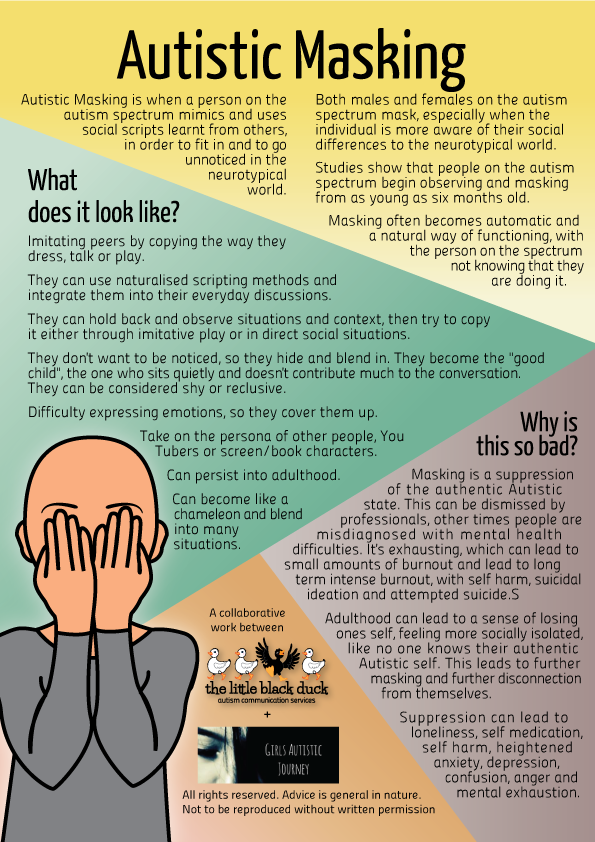 Scientists suggest that the reason lies in the differences in the work of genes in the weaker and stronger sexes, however, these theories have not yet been confirmed in practice.
Scientists suggest that the reason lies in the differences in the work of genes in the weaker and stronger sexes, however, these theories have not yet been confirmed in practice.
Abel and his colleagues stumbled upon one possible explanation for this phenomenon by observing the behavior of mice that had a defect in one of the genes thought to be associated with the development of autism.
May 5, 2017, 03:24 PM
Scientists discover how genes work differently in men and women .
According to Abel, when his team removed the gene that controls the activity of the ERK1 protein (one of the most important signaling molecules of the nervous system), the behavior of rodents changed dramatically - males ceased to feel pleasure from communicating with their own kind and from most other pleasant experiences. However, the removal of the same part of the DNA had virtually no effect on the behavior of the females.
Similar changes in behavior were also clearly visible when observing the work of the brain - as a rule, when a person or a mouse experiences something pleasant, two areas are activated in the nervous system - the learning center and the pleasure center.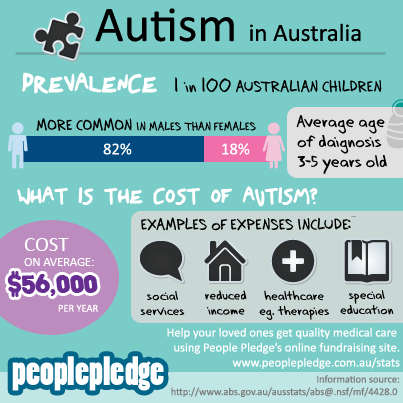 Their joint activity makes people and animals remember a pleasant sensation and strive to repeat it.
Their joint activity makes people and animals remember a pleasant sensation and strive to repeat it.
October 7, 2017, 03:34
Scientists have shown how to reduce the risk of developing autism in a child completely uninteresting to them.
"Problems with reinforcement learning may explain why autistic people hardly communicate with others - they are simply uninterested and unpleasant. In addition, such findings may also explain why autistic people usually have a very narrow and specific range of interests and are extremely poor at learning new languages and they just study in schools," the geneticist continues.
It is not yet clear how exactly the work of ERK1 and related genes in the DNA of men and women differs, however, scientists assume that they will be able to uncover these differences in the near future. As Abel and his colleagues hope, this will also indicate how autism actually arises and whether it can be combated.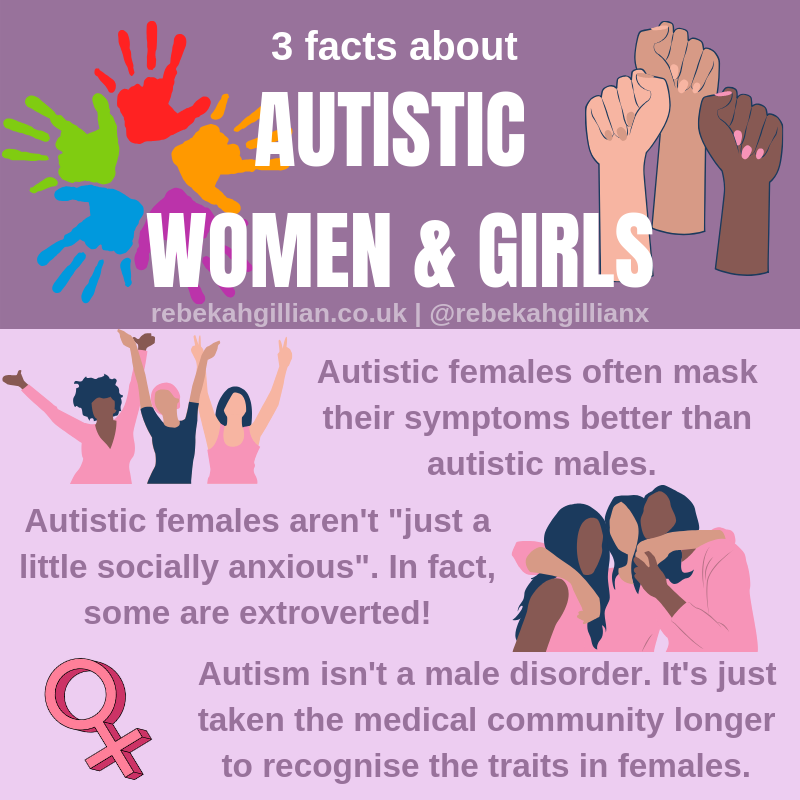
Autism in men and women: is there a difference?
People among people
Boys are more likely to be diagnosed with autism spectrum disorder (ASD)
Men and boys are about four times more likely to be diagnosed with this disorder than girls and women. Researchers explain this in different ways. Some believe that the reason is only in the features of the diagnosis. Others believe that men are indeed more prone to these disorders than women.
Differences in development of motor and communication skills
In one study, researchers examined gender differences in autism symptom expression and development in autistic children. The researchers followed children diagnosed with ASD between the ages of 17 and 37 months.
It turned out that the severity of symptoms in general does not depend on gender, but in girls compared to boys, motor impairments are more pronounced and communication skills disorders are less pronounced.
Influence of IQ
There are fewer women among patients diagnosed with ASD and with a high intelligence quotient (IQ).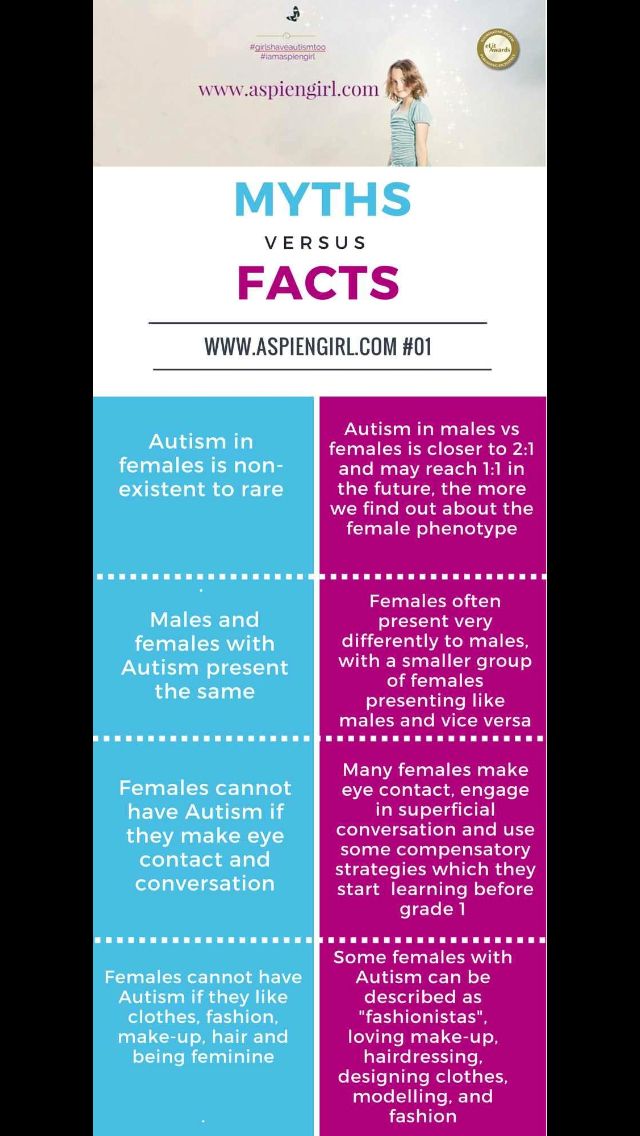 It may be that high intelligence allows autistic women to develop effective behavioral strategies that allow them to better adapt to life and more effectively hide symptoms, which is why they are not diagnosed with ASD.
It may be that high intelligence allows autistic women to develop effective behavioral strategies that allow them to better adapt to life and more effectively hide symptoms, which is why they are not diagnosed with ASD.
Even among patients of average intelligence, women are often more successful in social interaction. Perhaps the reason is that they are better at imitating others and thus acquiring social skills, even if these skills do not develop on their own.
Limited interests and repetitive activities
One theory is that girls and women with ASD are less likely to have limited interests and repetitive activities. According to another theory, these symptoms simply manifest themselves differently.
It is possible that the repetitive behaviors of autistic girls are simply overlooked by others because they do not go far beyond socially acceptable behavior. For example, a girl with ASD may “pick” the skin around her nails or constantly scratch herself.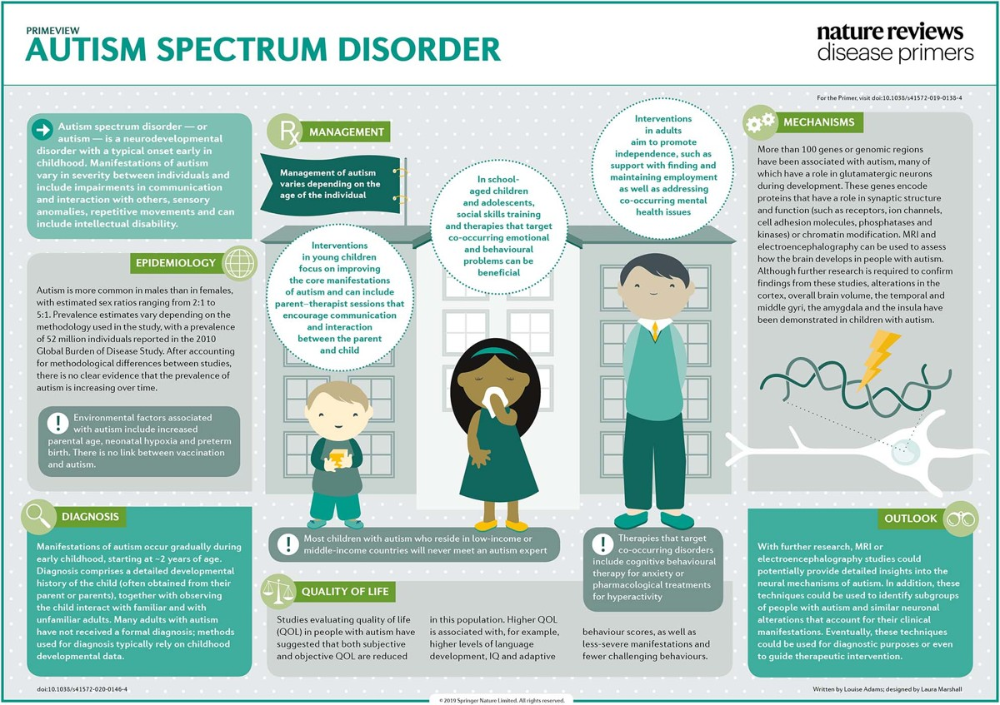
Sometimes autistic girls and women follow certain rituals, such as making huge lists or following a strict schedule.
Restricted interests and repetitive activities tend to be more pronounced and dramatic in men with ASD
If a girl, while playing, arranges objects in a certain order, but from the outside it seems that she is playing role-playing games with dolls, others may not see anything unusual, although this may be very different from the behavior of her peers. In fact, she simply arranges the dolls in rows or certain figures, and does not play roles with them.
If a girl or woman has a limited range of interests, but these interests are considered acceptable, they may not be considered symptoms of ASD. For example, if a woman is actively interested in psychology and self-help books, others may not see anything strange in this, despite the fact that she has no other interests.
Restricted interests and repetitive activities tend to be more pronounced and dramatic in men with ASD, and similar symptoms in women often go unnoticed for a long time, and it happens that they cannot receive the correct diagnosis and the necessary support and therapy for years.